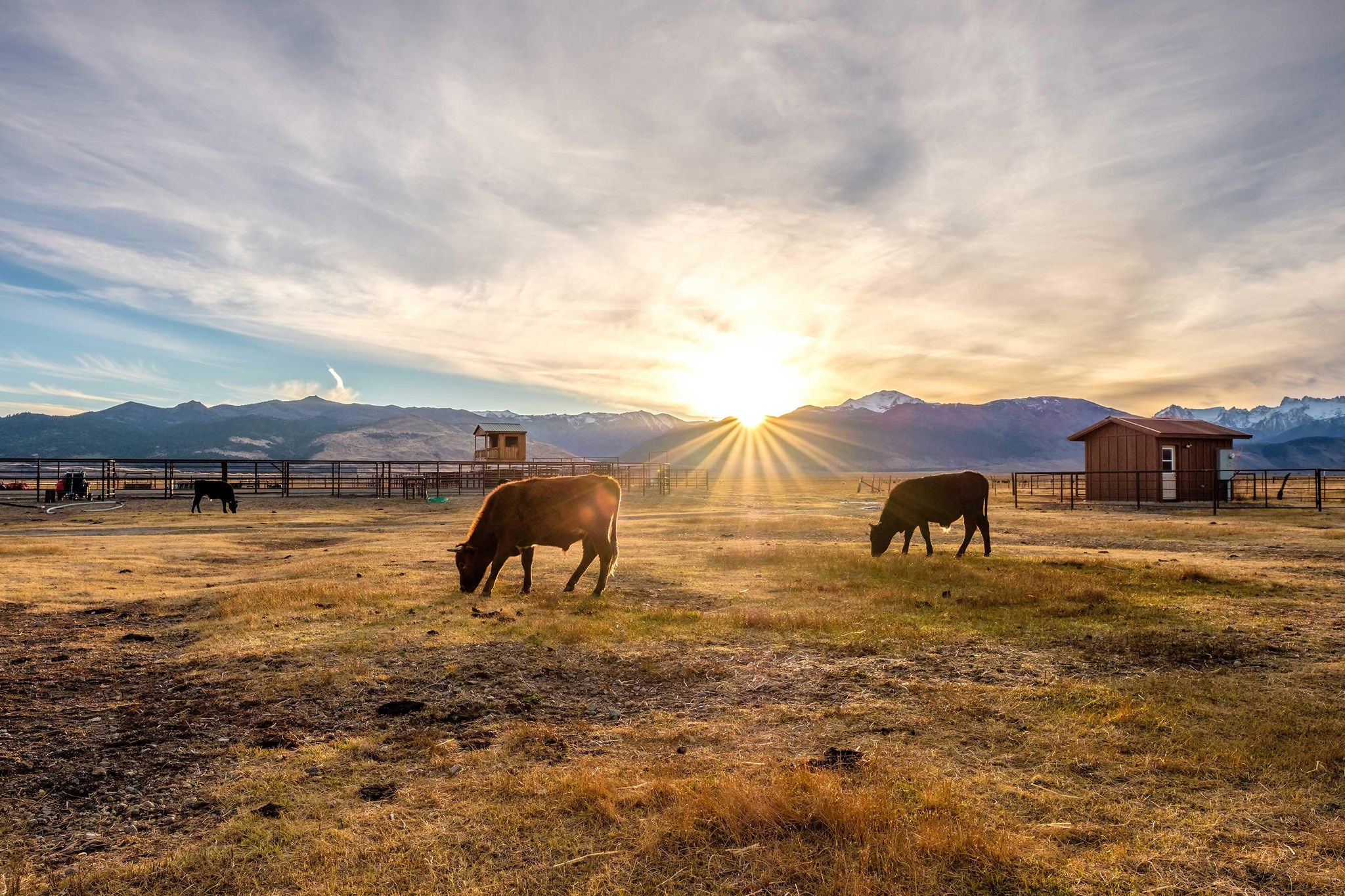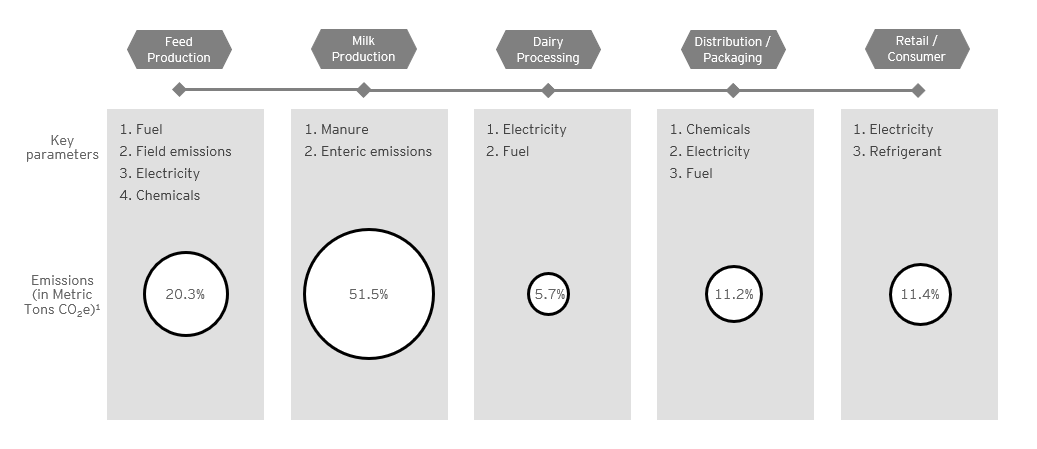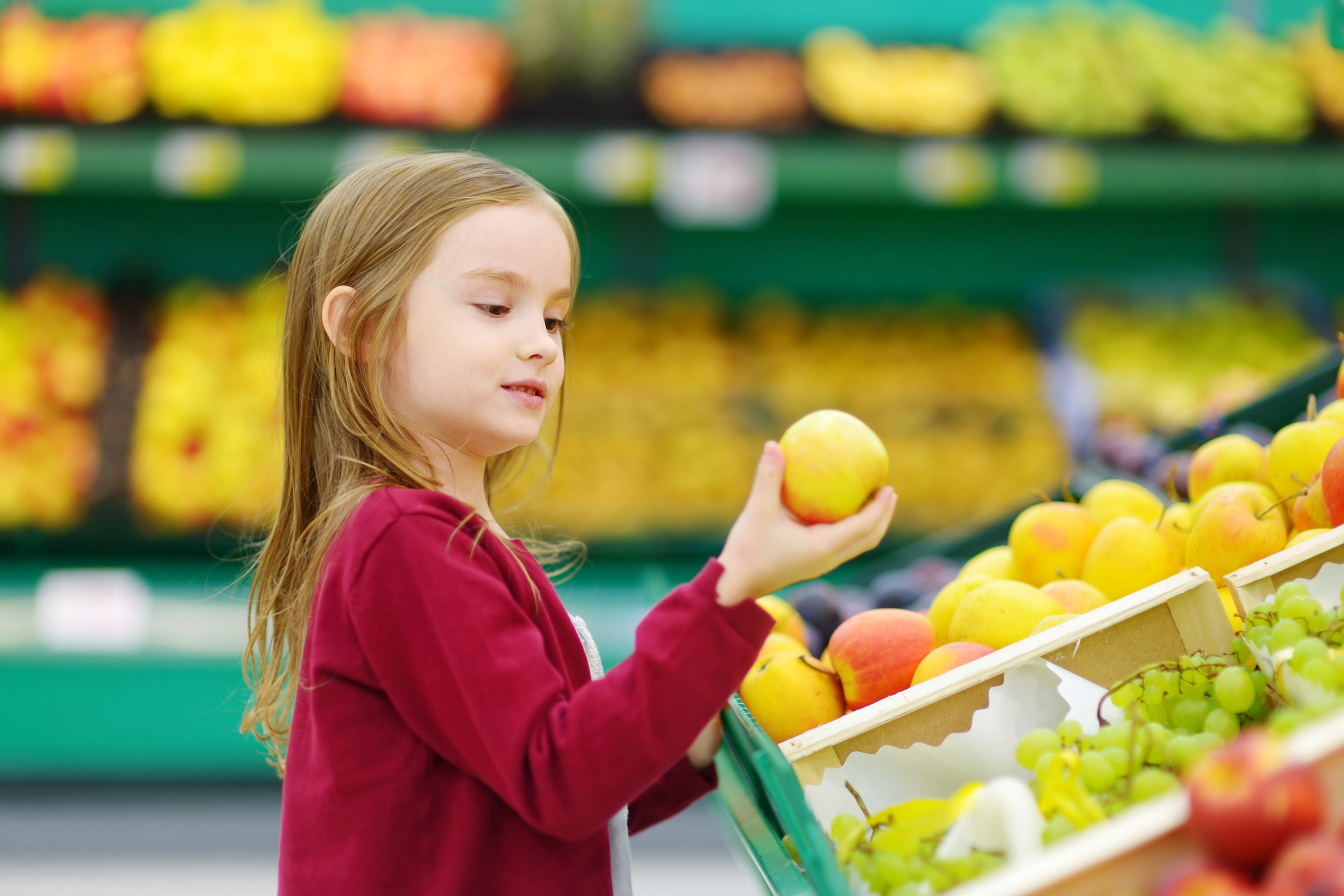EY refers to the global organization, and may refer to one or more, of the member firms of Ernst & Young Global Limited, each of which is a separate legal entity. Ernst & Young Global Limited, a UK company limited by guarantee, does not provide services to clients.

Agribusinesses are continuously looking for effective strategies to tackle environmental sustainability.
In brief
- The food and agriculture industry understands the value of environmental sustainability.
- Innovation is moving at an exponential pace, presenting enormous opportunities for the next wave of agricultural breakthroughs to emerge.
- Innovation, collaboration and data will drive the future of sustainable food and agriculture as leaders continually face a multitude of challenges.
Agribusiness leaders understand the importance of environmental sustainability. Agriculture is interdependent with the natural environment in which food is grown and raised, so maintaining this balance is imperative to the future abundance of our food and fiber supply. In the short term, rising expectations from consumer segments, non-governmental organizations and regulatory agencies combined with growing investor interest create urgency for agribusiness corporations to proactively engage with the topic.
Throughout history, organizations across the food and agribusiness industry played a key role in addressing societal issues such as hunger and nutrition by developing crop inputs and methods to improve productivity, create sophisticated and efficient supply chains, and establish reliable financial support systems. Furthermore, increases in agriculture productivity and efficiency have decreased dependencies on manual labor and lowered relative market prices, thus enabling advancement of other areas of societal development.
Pasteurization, mechanization, nitrogen fixation — examples of some of the greatest agriculture breakthroughs hinged on science and technology innovation. Today, innovation is moving at an exponential pace, presenting enormous opportunities for the next wave of agricultural breakthroughs to emerge.
The digital revolution offers seemingly endless solutions to tackle sustainability issues from on-farm emissions to packaging waste, but investments are made within the context of existing business process and stakeholder commitments.
Even for leaders who realize the importance, urgency and value of developing a sustainability strategy, deciding when and how to invest in these evolving offerings can quickly become daunting.
Effective strategies must leverage the systemic linkage between business and sustainable practice, focusing on cost efficiencies and business processes while unlocking an additional value pool by layering in sustainability tracking and reporting. As a continual process, sustainability realizes value through iterations on a focused approach. The following six steps help prioritize targets, determine goals and measure progress:
Innovation, collaboration and data will drive the future of sustainable agribusiness
The global agribusiness industry is well-versed in tackling complex, large and ambiguous societal problems. Concerns about our planet’s changing climate patterns impacting the severity of weather events, the length of droughts, the loss of biodiversity, the health of soils and the supply of fresh water cannot be felt more acutely than by the farmers and their partners who depend on the stability of farming ecosystems.
Like their predecessors, leaders throughout the industry are innovating at an impressively rapid pace.
To combat present-day environmental challenges, success will hinge on these leaders’ ability to focus on the critical issues, collaborate and track progress.
Environmental damages caused by humans will never cease and neither will the relentless effort to mitigate these outcomes. A sustainable future is not devoid of environmental challenges but will be defined by how well-equipped and supported leaders are to face these challenges.
Summary
Effective environmental strategies across food and agriculture must leverage the systemic linkage between business and sustainable practice, focusing on cost efficiencies and business processes while unlocking an additional value pool by layering in sustainability tracking and reporting.
How EY can help
Related articles
How to transform your supply chain in the era of smarter food safety
The disruptions of the pandemic will forever alter supply chain dynamics and best practices. Learn more.





